Cost-Effective Grease Trap Management for Restaurants
Grease traps are essential components in commercial kitchens and food service establishments, designed to intercept fats, oils, and greases (FOG) from wastewater before it enters the plumbing system. Proper maintenance and installation of grease traps help prevent clogging, backups, and costly plumbing repairs.
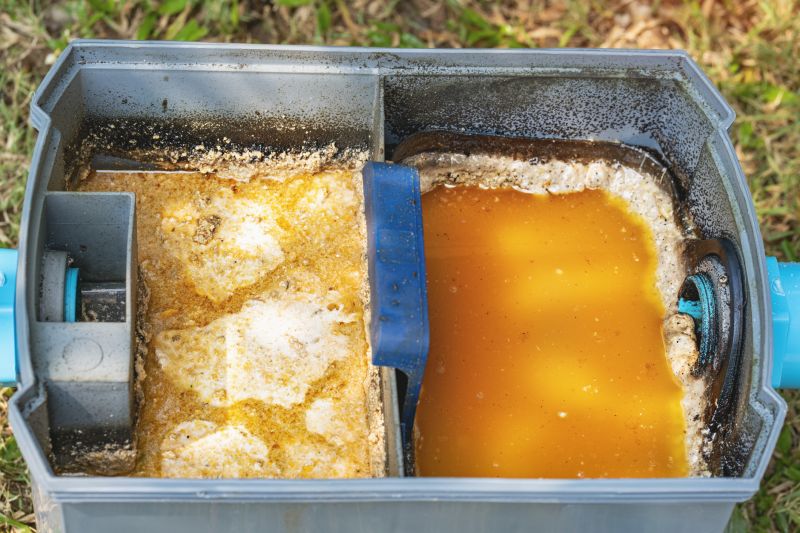
Installation involves positioning the trap below ground or within the plumbing system to efficiently capture FOG from kitchen wastewater.
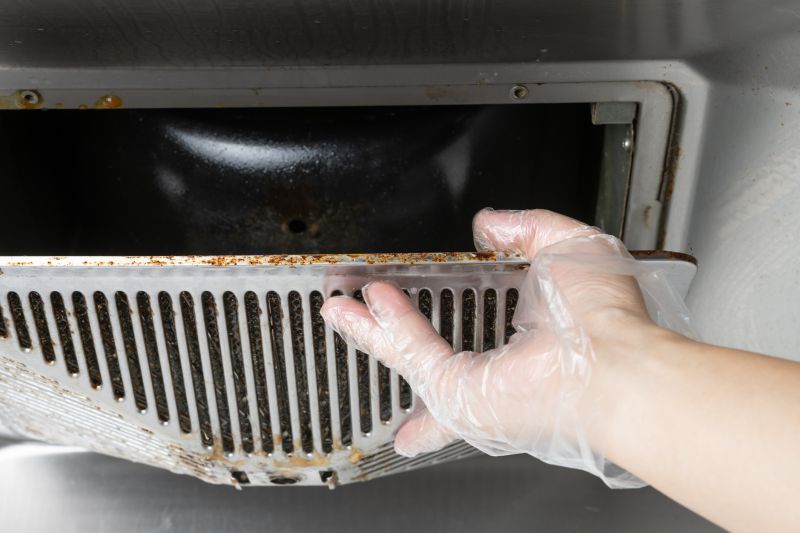
Regular cleaning is vital to ensure the trap functions correctly, typically performed by professionals to remove accumulated grease and debris.
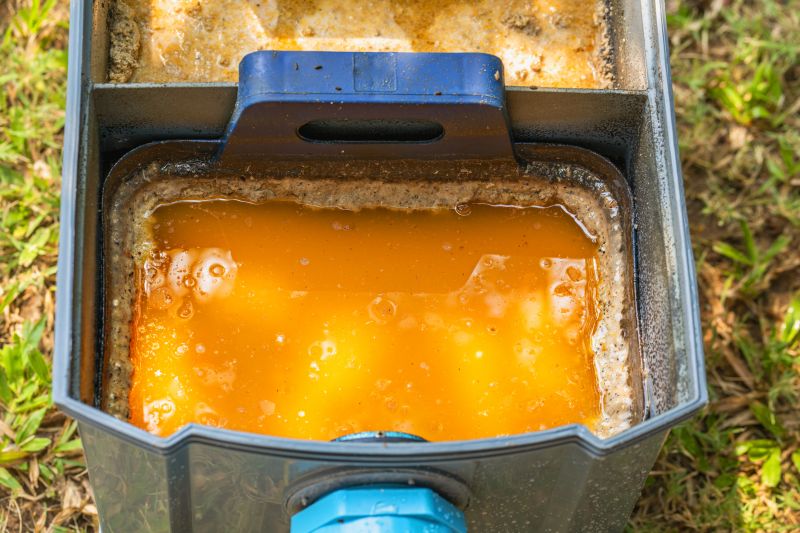
Showcases a fully installed and operational grease trap, ready to manage FOG effectively.
Statistics indicate that improperly maintained grease traps can lead to significant plumbing issues, with some establishments experiencing backups that cause operational downtime. On average, professional cleaning takes between 30 minutes to an hour, depending on the size and condition of the trap. Hiring a professional ensures proper handling, compliance with local regulations, and reduces the risk of damage to the plumbing system.
The Grease Trap Cleaning Process
The cleaning process begins with a thorough inspection of the trap to assess grease buildup and potential blockages. Professionals then safely remove accumulated fats, oils, and solids using specialized equipment. After cleaning, the trap is inspected for damage or wear, and necessary repairs are made to ensure continued efficiency. Routine maintenance schedules vary but are generally recommended every one to three months.
Engaging a trained technician guarantees the grease trap is cleaned correctly, preventing plumbing issues, odors, and regulatory violations. Proper maintenance extends the lifespan of the trap and maintains compliance with health standards.
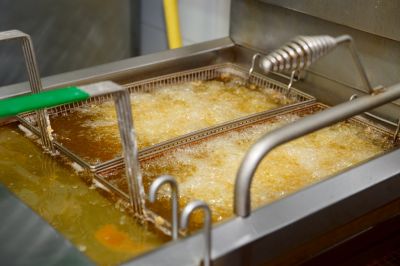
A professional technician removing grease and debris from a trap using specialized equipment.
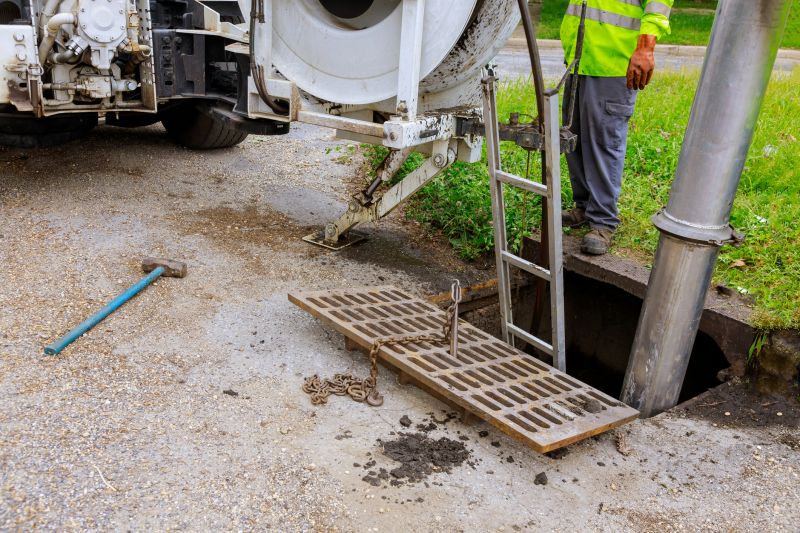
Detailed examination to identify potential issues and ensure optimal operation.
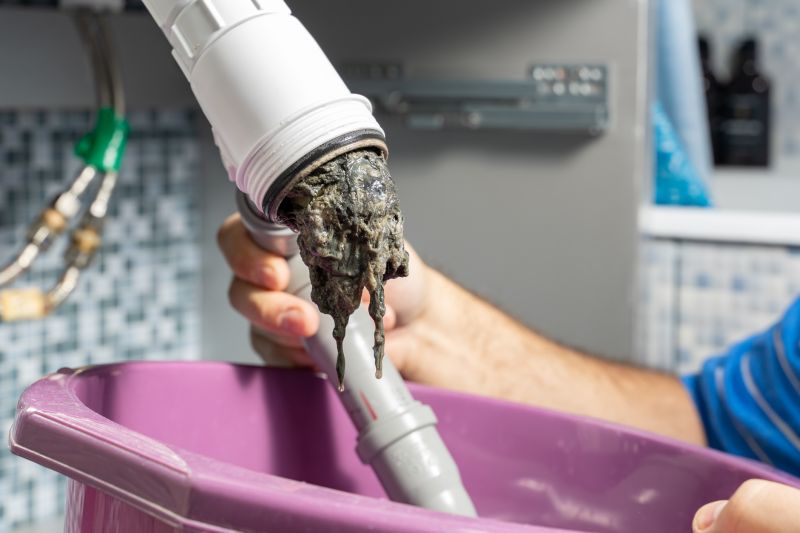
Showcases a clean and well-maintained grease trap ready for ongoing use.
Properly maintained grease traps are crucial for preventing costly plumbing repairs and operational disruptions. Regular professional cleaning ensures the trap functions effectively, reduces odors, and complies with health regulations. Establishments should schedule routine maintenance based on usage volume and local requirements.
Advantages of Professional Grease Trap Services
Hiring experienced technicians guarantees thorough cleaning, proper disposal of waste, and adherence to local codes. Professionals have the expertise and equipment to handle traps of various sizes and complexities efficiently, minimizing downtime and preventing future issues.
| Service Aspect | Details |
|---|---|
| Efficiency | Ensures grease is properly removed, maintaining plumbing flow. |
| Compliance | Adheres to local regulations and environmental standards. |
| Cost Savings | Reduces the risk of costly repairs due to neglect or improper cleaning. |
| Safety | Handles waste safely, preventing health hazards. |
| Expertise | Provides professional assessment and maintenance. |
| Scheduling | Offers routine maintenance plans tailored to needs. |
| Equipment | Uses specialized tools for thorough cleaning. |
| Environmental Responsibility | Ensures proper disposal of waste materials. |
Professional grease trap services are a strategic investment for any food service operation. Regular maintenance not only prolongs the lifespan of the trap but also ensures compliance with health and safety standards, helping avoid fines and operational disruptions.
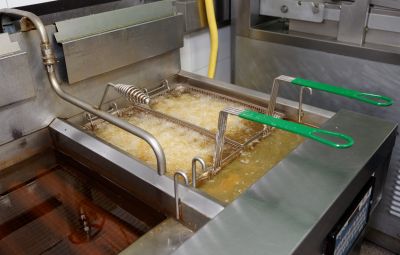
A fully installed grease trap integrated into the plumbing system.

Technicians performing routine cleaning and inspection.
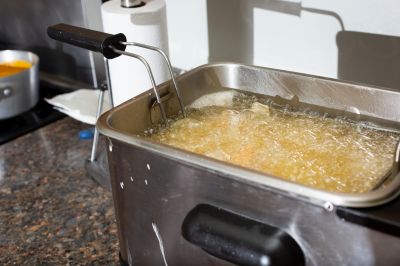
A well-maintained trap functioning efficiently in a commercial kitchen setting.
To ensure optimal performance and compliance, it is recommended to schedule routine inspections and cleanings with experienced professionals. Contact today to receive a quote for grease trap services tailored to specific operational needs.
